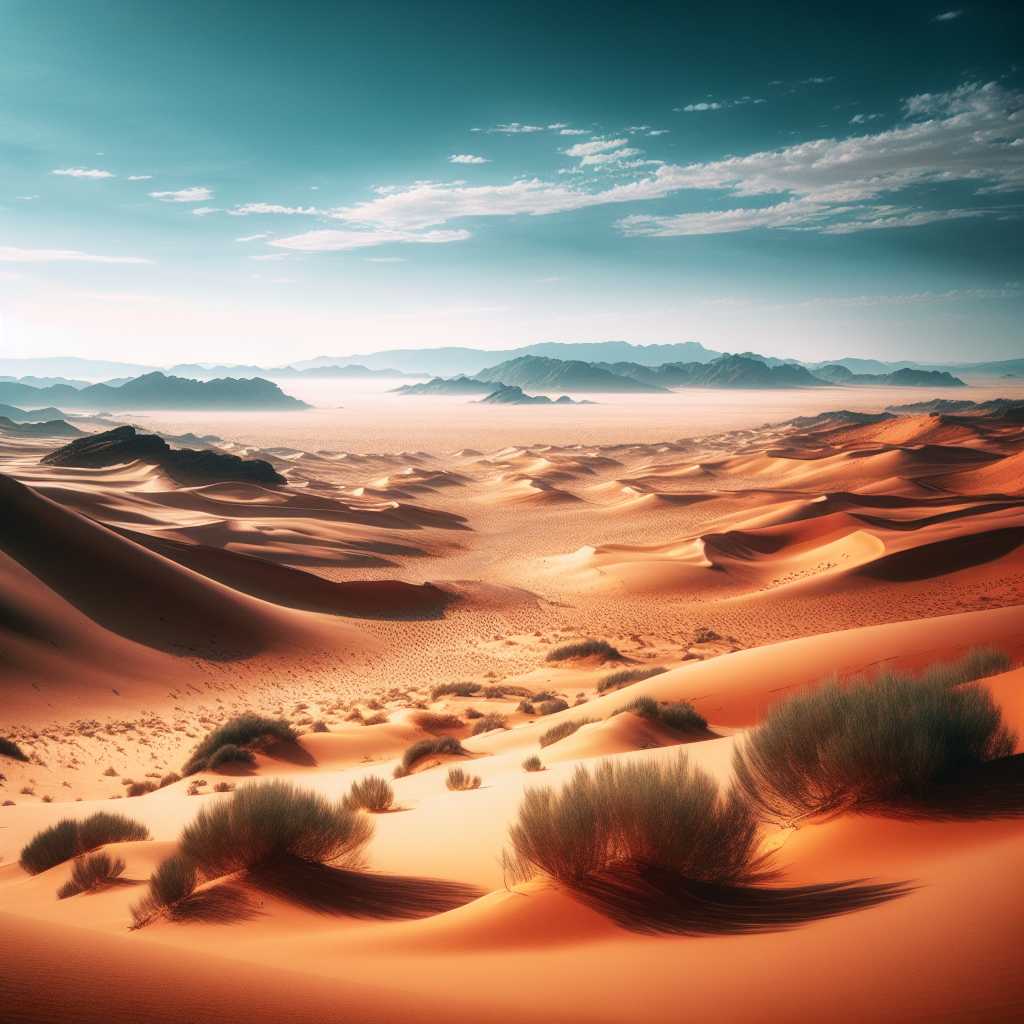The Intricate Ecosystem and Importance of Deserts
Deserts are often misconceived as barren, lifeless wastelands devoid of biological diversity or ecological significance. Contrary to this belief, deserts encompass unique ecosystems with a variety of organisms adapted to the harsh conditions. These arid regions cover about one-fifth of the Earth’s surface and hold significant ecological, cultural, and economical importance.
The Geographic Spread of Deserts
Deserts are typically characterized by low rainfall, with less than 25 centimeters (10 inches) per year, and can be found across the globe. They usually occur at about 30 degrees north and south of the Equator but can be described based on their climatic conditions rather than their location.
There are four types of deserts: subtropical deserts, which include the Sahara and the Arabian Desert; cold winter deserts like the Gobi in Asia; cool coastal deserts such as the Atacama in South America; and rain shadow deserts found on the leeward slopes of mountain ranges, like the Great Basin desert in the United States.
Ecological Significance of Deserts
Despite the extreme climate, deserts are far from empty spaces; they support diverse communities of plants and animals adept at surviving in such an environment. The ecosystem is fragile and highly sensitive to disturbances due to its limited water resources.
Plants such as cacti, yuccas, and creosote bushes are well-adapted to survive with minimal water. Animals, including reptiles like lizards and snakes, mammals such as foxes and jackrabbits, and various insects and arachnids, have also evolved physiological and behavioral adaptations that permit them to thrive under severe heat and aridity.
Human Interaction with Desert Environments
Human history within desert landscapes is strikingly robust. Nomadic tribes have been navigating these harsh lands for centuries by adapting their lifestyles to fit the unpredictable desert climate. On a contemporary note, there has been an increased interest in the desert for other reasons – tourism, solar energy harvesting, and mineral extraction.
However, human activities such as overgrazing, unsustainable agricultural practices, ongoing urbanization, and climate change can lead to desertification—the process where fertile lands turn into desert due to soil degradation and erosion caused by these anthropogenic pressures.
Challenges in Desert Conservation
Confronting environmental issues in deserts is particularly challenging due to their innate fragility. It requires striking a balance between economic needs and preservation of natural ecosystems. Preserving biodiversity hotspots in various areas while combating issues arising from water scarcity are among the top concerns for conservationists.
Strategies for combating desertification include reforestation, sustainable agriculture practices, regulating water usage, and protecting native species from over-exploitation. Engaging local communities in conservation efforts is crucial for fostering systems that marry traditional knowledge with modern sustainable techniques.
Notes
In conclusion, while deserts might seem inhospitable to some life forms, they serve a vital role in our global ecosystem with rich biodiversity that deserves appreciation and protection. Understanding their intrinsic value and working towards their conservation is integral for maintaining global ecological balance.
*Image Description: A wide-angle shot depicting a sandy desert scene under blue sky with sporadic vegetation and distant mountains showing the diversity yet harshness of desert landscapes.*
